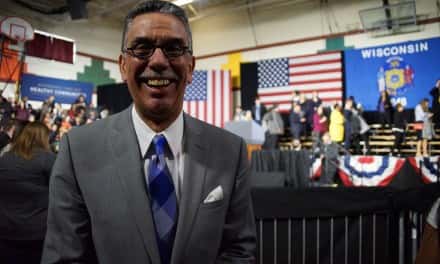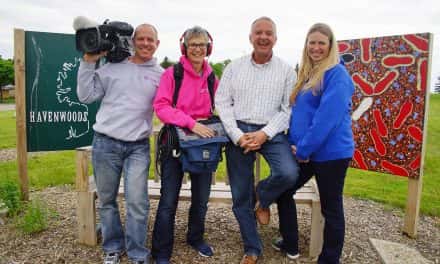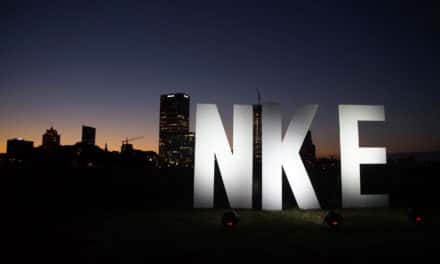
Milwaukee County parks, recreational, and cultural facilities face “a seemingly insurmountable backlog of repair and replacement needs,” according to a new report from the independent, nonpartisan Wisconsin Policy Forum.
The report, Delay of Game, warns that Milwaukee County lacks the capacity to finance the capital needs of these facilities if it plans to stay within self-imposed borrowing limits and address other capital needs, including the construction of a new justice center.
To meet existing capital requests, the county would need to more than double spending on cultural institutions (from $6.2 million to $13.9 million) and increase spending nearly tenfold on parks (from $2.4 million to $23 million) in 2019 alone, the report found. Meeting all the parks, recreation, and cultural capital requests for the next four years would require a 135% increase, to $194.1 million, above spending in the past four years. Borrowing for such projects — which comprise only a portion of the county’s overall infrastructure needs — would rise from more than two-thirds of the county’s capacity to 97% by 2022.
This approach appears untenable in the current budget environment, the report observes. The county has a self-imposed limit of increasing borrowing by no more than 3% on non-airport projects over the prior year and requiring a 20% cash match. Even without those internal limits, however, there are also state-imposed limits on local government debt, and Milwaukee County is also considering how to fund construction of a $250 million justice center.
But the report warns that past efforts to limit borrowing – at the cost of delayed maintenance and repairs – has created the substantial backlog of projects now facing the county. “In football, delay of game incurs a five-yard penalty. For Milwaukee County’s parks, recreational, and cultural infrastructure, the penalty for delaying solutions could be far more severe.”
Some county-owned cultural facilities, such as the Milwaukee County Zoo, have been able to supplement public funding with support from private donors, the report notes. In the Zoo’s case, officials hope to raise half of its projected $86 million, 10-year capital plan from contributions from the private Zoological Society.
The Milwaukee Art Museum and Milwaukee Public Museum are examples of other major cultural institutions that have undertaken similar efforts to obtain private sector support, but the report warns other cultural institutions and parks have not had the same success. Other major findings of the report include:
- Almost every form of parks infrastructure has pressing needs that should be replaced within the next decade, including 85% of parking lots and surface yards, 75% of walkways, 54% of Oak Leaf trails and basketball courts, 48% of tennis courts, and 47% of large buildings other than the Mitchell Park Domes.
- Infrastructure issues are particularly acute at the county’s lower-profile cultural institutions, such as the Charles Allis Art Museum and the Villa Terrace Decorative Arts Museum, where leak damage is threatening buildings and collections.
The report also underscores previous findings about the Public Museum and the Mitchell Park Domes, both of which it says must be replaced or fully renovated within the next few years. The museum is seeking more than $100 million from private donors, the state of Wisconsin, and possibly the county for a new building downtown, while a county task force is studying the Domes’ future, with a potential overhaul estimated to cost between $40 million to $95 million in county and private funds. The report cautions that the two projects could compete with each other for private funding, while county financing for both projects would come at the same time as the courthouse facility.
This report is the fourth in WPF’s series of reports on local government infrastructure. Previous reports covered transportation assets owned by the city of Milwaukee and Milwaukee County; water and sewer infrastructure owned by the city and Milwaukee Metropolitan Sewerage District; and Milwaukee city and county buildings. The final report – to be released next spring – will address new policies or strategies that might be considered to address the challenges uncovered by the series.















